We are happy to deliver a dialogue mat adapted to your needs. On this page, we have collected a few examples of what we can offer, and what our work process looks like – as an inspiration to get you started.
All projects are unique. However, there are some recurring topics. Below you will find examples of our clients’ needs and descriptions of the solutions we have developed for them.

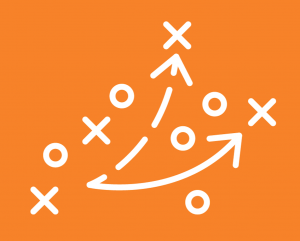
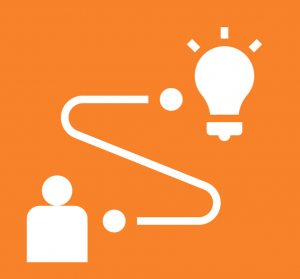

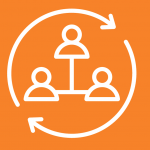
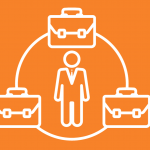
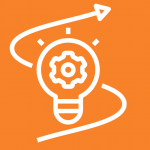

To ensure that the dialogue mat has the intended effect, you should ask a few control questions:
In what context is the dialogue mat to be used?
We know that dialogue mats work. We also know that dialogue mats work best when you have carefully considered the context in which they are to be used, whether they are to function alone or alongside other tools, whether they are to be used once or be part of a recurring process. In some settings it is enough to gain reflection and insight. In others, the objective is for the process to increase both agility and willingness to take action, often in the form of behavioural change. A clear goal for what the dialogue mat should accomplish will increase the quality of the process.
What will the results be used for?
Especially in large organisations, where many participants use a specific dialogue mat, you are left with a lot of data. That is why we often opt for hybrid solutions, where analogue and digital tools compliment each other. The analogue format stimulates several senses: design, images, and symbols reinforce key messages and makes information easier to digest. Digital data capture is great for concretising action, plans, follow-up, and allocating resources. Additionally, it provides a unique opportunity to display results live, reinforcing knowledge and experience sharing across the board.
Defining how results will be used early on is therefore important when designing a dialogue mat – whether it is analogue, digital, or a hybrid format.
Because dialogue mats rarely work in a vacuum, we often develop a larger process map to clarify the different phases, and to define different target groups and roles. In addition to the fact that a process map is useful for the interaction and communication between us and the client, it also becomes a powerful tool for describing and communicating the process internally.
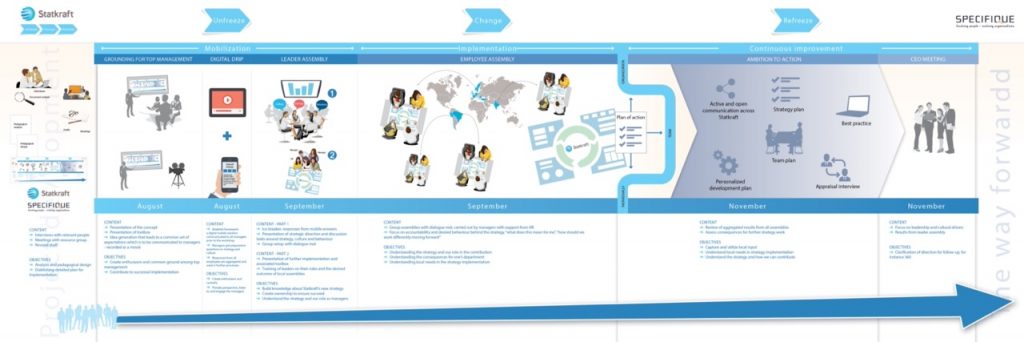
In all major projects, we go through a pedagogical analysis, where we focus on a didactic model (we call it the “Miro Diamond”). Together with the client, we identify target groups, learning objectives, methods, etc.
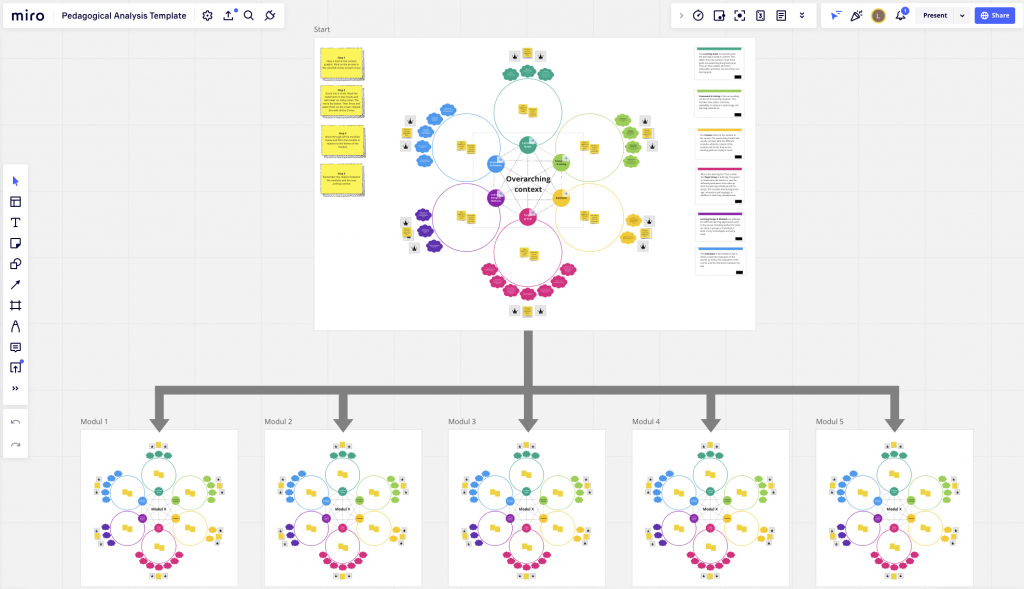
Based on the analysis, we develop a toolbox, in close collaboration with the client. It is important to consider the readiness of the organisation, in terms of both methods, changes, implementation processes, and the ability to utilise the results of the work with the dialogue mat process.